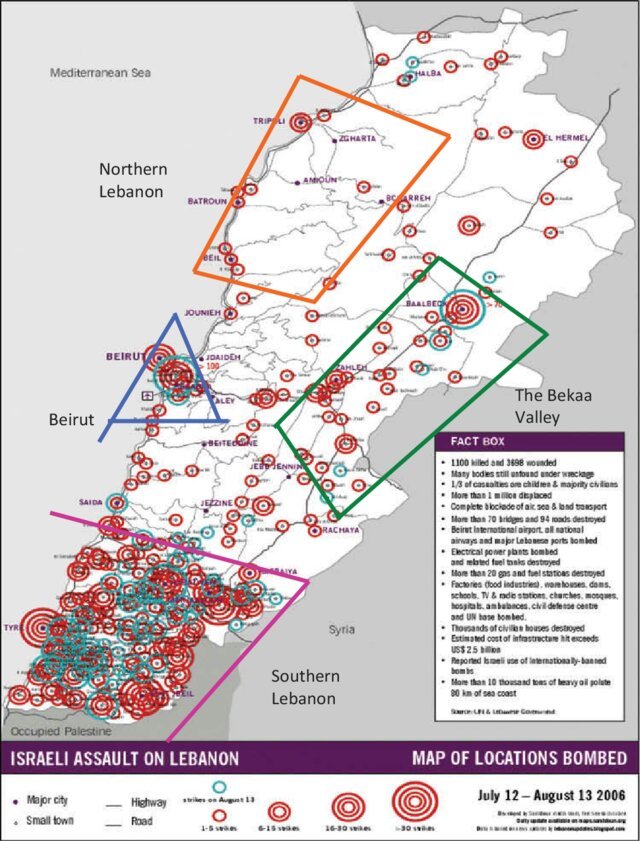The “Ceiling Meets the Floor”
The 2024 War in Lebanon: a Technical Overview
The “ceiling to meet the floor”; such was the phrase often repeated post-2006 in discussions reviewing Israel’s failed campaign against Hezbollah in Lebanon. During that war, the Israeli Defense Forces (IDF) had failed in its ground operations, frustrated by the effectiveness of Hezbollah’s defensive tactics.
The 2006 war had ended in a stalemate:
a tactical defeat for Israel, a strategic setback for Lebanon, and a strategic victory for Hezbollah. On August 11, 2006, the cease-fire was formalized by United Nations Security Council Resolution UNSC 1701,. It proved to be a resolution far more honoured in the breach than the observance; tension remained high, with Hezbollah (and Iran) consolidating positions in Southern Lebanon, and Israel carrying out frequent overflights, collecting information.
Both parties were gearing up for another round.
Israel was gearing up for revenge. It planned a far more aggressive shift in doctrine, to make the “ceiling to meet the floor.” In September 2024, it did just that, leveraging information technology to meet out wholesale assassination of Hezbollah’s leadership regardless of the collateral damage.
Hezbollah had made it easy for them; in the 18 years following the 2006 war, it had transformed itself into a conventional army, with fixed positions and a clearly established infrastructure.
Yet it remains a moving floor, and a moving ceiling.
Just like in the 2006 Lebanon War, the military objectives of the 2024 edition began to shift soon after the onset. What started with a goal of creating a border buffer zone soon turned into a push for a demilitarized Southern Lebanon. Then, it became a goal of the complete destruction of Hezbollah, as no demand formulated resists the first concession of the adversary.
And in this war there are many objectives, each with a different ceiling and a different floor.
There is the underlying opposition between Israeli and Lebanese hydrostrategic interests. But that’s easy enough to solve.
Yes, the expansion of Israel’s operational goals may revive old claims to the Watershed of the Hasbani, and to part of the Litani’s basin. As in 2006, it would bring, under full Israeli control, the most rewarding hydrostrategic territory of the upper Jordan basin
There is the expansion of hydrocarbon development in the Eastern Mediterranean.
And that’s a bit harder to settle.
There, Israel’s control over Southern Lebanon would grant it full access over the largest offshore gas fields in the Eastern Mediterranean. It would also give it control over the most cost-effective export hub for Middle East oil and gas; the coast of the Southern Levant.
As immediate security claims combined with long standing strategic priorities, the ceiling and the floor each move in their own direction. There is a ceasefire now, but the Lebanese insist on not getting their affairs in order. Bashar fell. Iran is on the backfoot, but the Lebanese insist on staying steadfast.
The fighting may yet resume again. In that case, whatever lines blood may draw, other powerful interests will define both Lebanon’s highest aspiration and Israel’s lowest expectation.


